Heyuan Garden, Yangzhou - Prix des billets, heures d'ouverture, transport et points forts


Nestled in the heart of Yangzhou, China, Heyuan Garden (何园), also known as “Jixiao Mountain Villa (寄啸山庄),” stands as a testament to the exquisite artistry of Chinese classical garden design. It was constructed during the mid-Qing Dynasty and is often hailed as the “First Garden of Late Qing.” With a sprawling area of over 14,000 square meters and a built-up space spanning more than 7,000 square meters, Heyuan Garden is a masterpiece of tranquility and aesthetics. It was the brainchild of He Zhichao during the reign of Emperor Guangxu, and the mountain and rock formations within the garden were the handiwork of the masterful Shi Tao.
Heyuan Garden has played host to numerous illustrious figures throughout history. Renowned Chinese painter Huang Binhong resided in the garden during six visits to Yangzhou, taking up residence in the first floor of the east wing of the Qima Building. The esteemed writer Zhu Qianhua also called Heyuan Garden home for over five years, with his former residence located in the second floor of the east wing of the Qima Building.
Designated as a nationally protected cultural relic, Heyuan Garden is also a AAAA-level tourist attraction and one of the first 20 key public parks in China.
Table des matières
- Informations de base
- Localisation et transport
- Highlights of Heyuan Garden
- Vlog about Heyuan Garden
- Conseils utiles résumés à partir d'études
- Attractions near Heyuan Garden
Informations de base
| Durée estimée de la visite | 2 heures |
| Prix du billet | 45 RMB (1st March – 31st Mary and 1st September – 30th November) 30 RMB (1st December – 28th February and 1st June – 31st August) |
| Heures d'ouverture | 7.30 - 17.30 ; Dernière admission : 17.00 |
| Numéro de téléphone | 0086-0514-87239626 |
Localisation et transport
Heyuan Garden is situated in the eastern part of Yangzhou, a picturesque city in Jiangsu Province, China. Specifically, you can find Heyuan Garden at 66 Xuningmen Street, in the Guangling District.
To get there, you can take the Sightseeing Bus and get off at Heyuan Garden Stop (何园站). Alternatively, you can also take bus 8, 19, 66, or 126, get off at Kangshan Cultural Park Stop (康山文化园站), and walk about 400 meters to the north to reach the garden.
Highlights of Heyuan Garden
Pianshi Shanfang (Stone Terrace Houses)
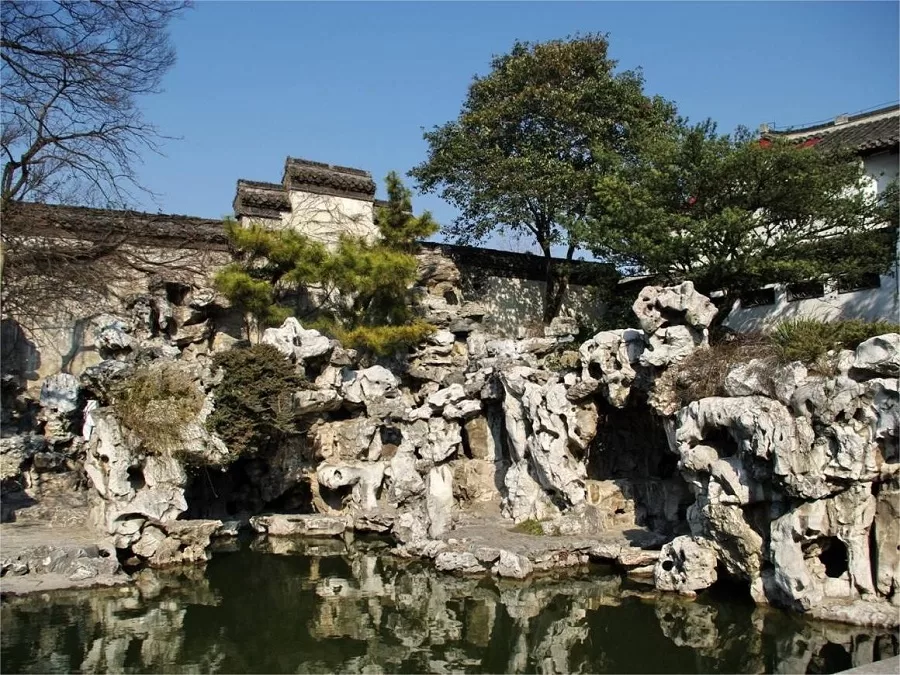
Adjacent to Heyuan Garden, you’ll find the Pianshi Shanfang, a rare gem in the world of garden architecture. It was created by the renowned Shi Tao, a master of stone artistry, during the late Ming and early Qing dynasties. Within the stone terrace houses, there is a stone chamber hidden within a mountain, which was meticulously restored in 1989.
Ming Nanmu Ting (Ming Nanmu Hall)
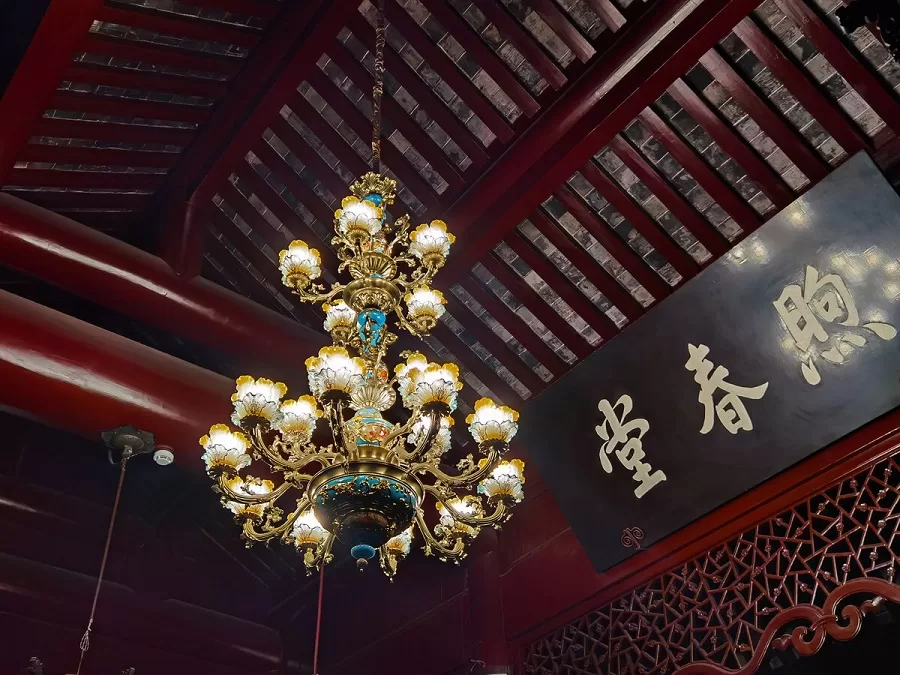
East of the Pianshi Shanfang, you’ll discover the Ming Nanmu Hall, one of the oldest structures within Heyuan Garden, boasting over 300 years of history. The hall’s western side features a “Boating Unmoored” area, where you can sit on a boat-like structure overlooking the fish pond. This symbolizes a smooth and uneventful journey through life.
Covered Corridors
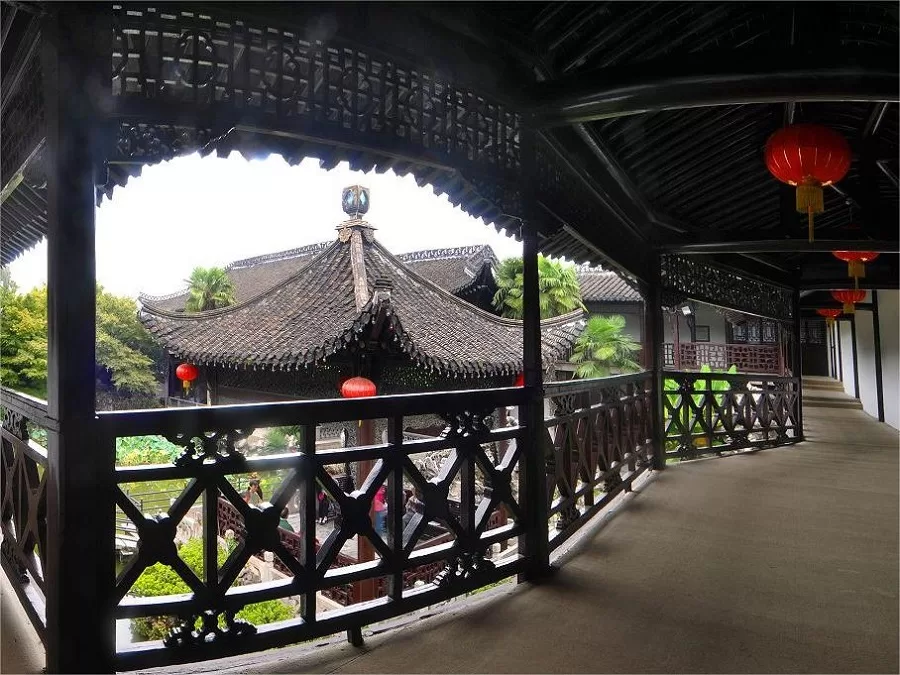
One of the most remarkable features of Heyuan Garden is its extensive covered corridors. Spanning 1500 meters, these double-deck covered walkways are a rare sight in Chinese garden architecture. They seamlessly connect the East and West gardens, as well as the residential courtyards, creating a multi-dimensional and all-weather exploration space. These corridors not only showcase the beauty of circular design and versatility in Chinese garden art but also serve as a precursor to modern elevated crossroads.
Yuxiu Lou (Yuxiu Building)

The Yuxiu Building stands as the centerpiece of Heyuan Garden. It comprises two brick and wood, two-story structures. These buildings skillfully blend traditional Chinese architectural concepts with Western influences, incorporating elements like French-style louvered windows, Japanese sliding doors, French fireplaces, and wrought iron beds, creating a unique and charming atmosphere.
Shui Zhong Yue (Moon in Water)
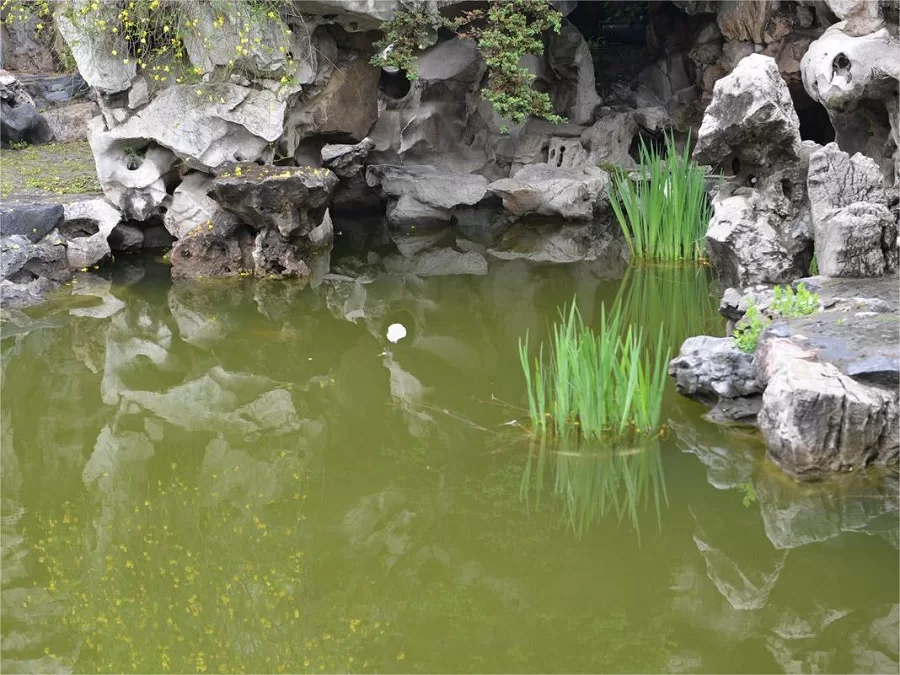
Shui Zhong Yue is a captivating feature found amidst the rocky landscapes in Pianshi Shanfang. During the day, the pool reflects a vivid moon, and its shape changes as you move around it, creating the illusion of waxing and waning. This intriguing sight is resulted from a gap in the stone wall, which is concealed by the arrangement of rocks from certain angles.
Qima Lou (Qima Building)
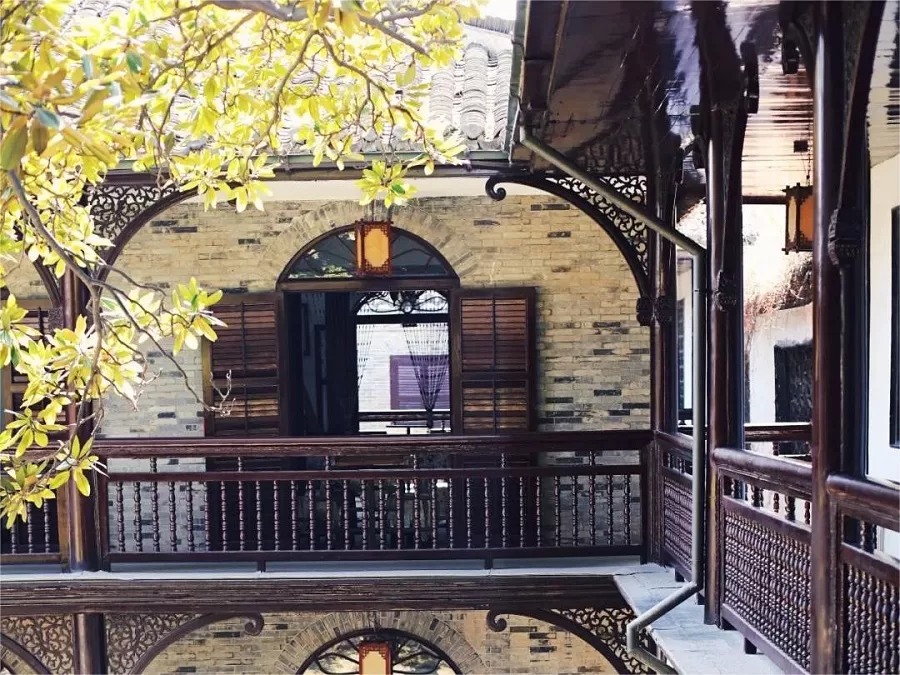
To the east of the Yuxiu Building and along the covered corridor, you’ll encounter the Qima Lou, or Qima Building. This is Heyuan Garden’s guest accommodation area, characterized by its saddle-like shape. It consists of two sections: the East Wing and the West Wing. These three-story buildings offer a seamless connection between floors and sections, providing a harmonious living space.
Shuixin Ting (Water Heart Pavilion)
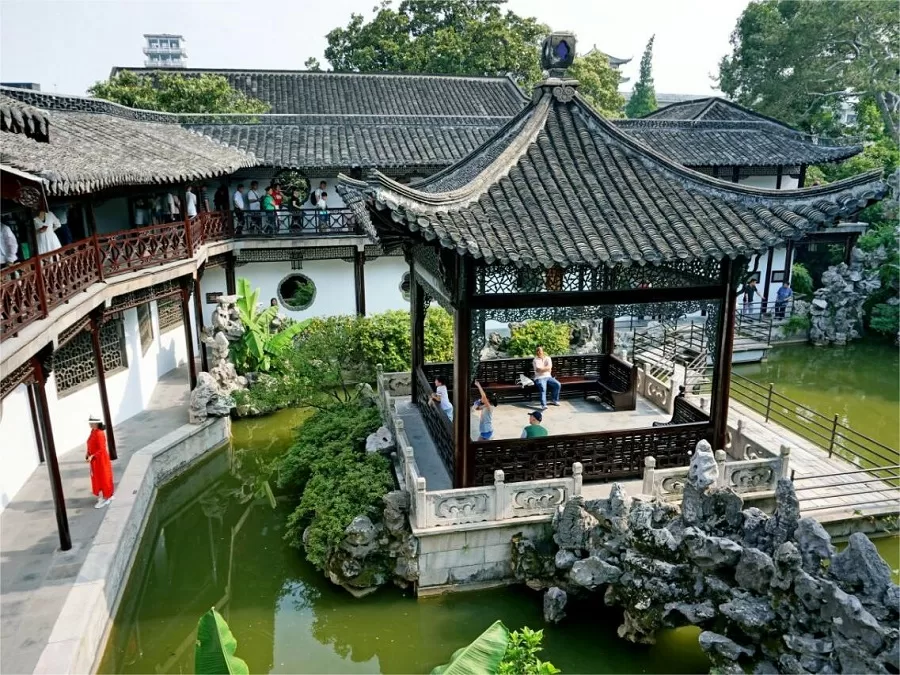
Located at the center of the western garden, surrounded by a serene pool, the Shuixin Ting is a one-of-a-kind water pavilion. It is the only floating theater of its kind in China, designed for the garden’s owner to enjoy performances, operas, dances, and the scenic beauty while staying cool during the summer. The Water Heart Pavilion has been featured in over a hundred film and television productions, including classics like “Dream of the Red Chamber,” “My Fair Princess,” and “Bi Sheng.”
Vlog about Heyuan Garden
Conseils utiles résumés à partir d'études
Choose Off-Peak Days: To enhance your experience, it is advisable to avoid weekends and holidays. Some visitors noted that Saturdays and Sundays can be crowded.
Faits marquants de la saison : Heyuan Garden is most renowned for its blooming March magnolias (though the flowering period is short). Another recommended time to visit is in late November when the chicken claw maple trees are also in full display.
Choosing Between Heyuan and Ge Garden: If you have to choose only one, some suggest opting for Ge Garden. The rationale is that Heyuan Garden is relatively small, and its internal layout might seem disorderly due to historical factors such as the transitions in ownership and the turbulent times of the late Qing dynasty.
Explore the Surrounding Area: After touring Heyuan Garden, head north for a few hundred meters to reach Pishi Street. This street combines elements of literary and artistic life with the original lifestyle of old Yangzhou. Explore the visually appealing shaved ice shops, bookstores, cultural and creative shops, and flower shops along the street. If the main street feels too commercial, wander into one of the alleys to experience everyday life in Yangzhou.
Conseils en matière de transport : It is suggested not to drive to Heyuan Garden. Instead, consider taking a taxi for convenient transportation. Taxis within Yangzhou are readily available and reasonably priced, with an initial fare of 8 yuan for the first 3 kilometers and an additional 2 yuan per kilometer beyond that.
Attractions near Heyuan Garden
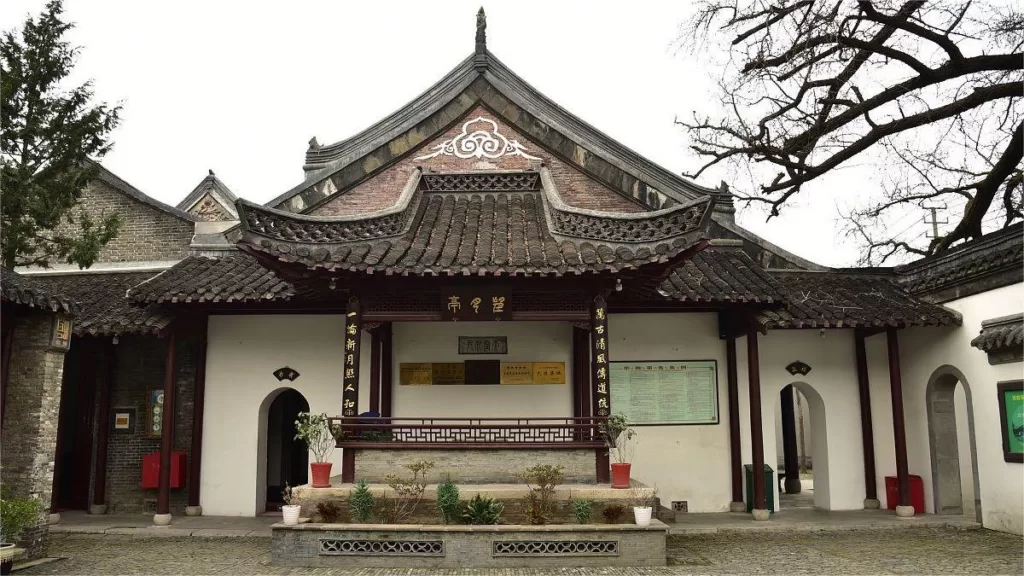
Mosquée de Xianhe

Musée du Grand Canal de Chine
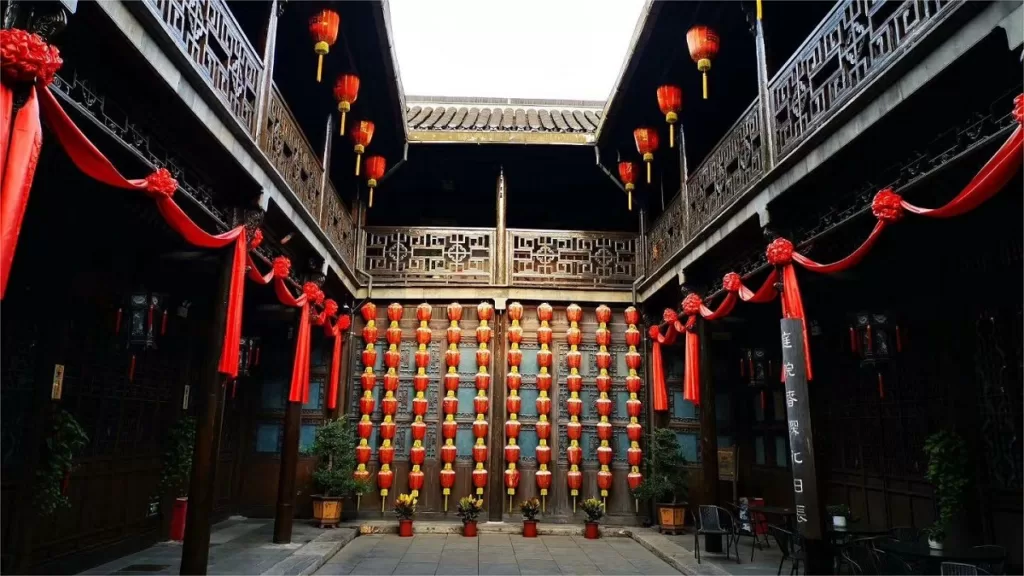
Ancienne résidence du marchand de sel de Lu
Sites historiques du Jiangsu, Yangzhou Attractions